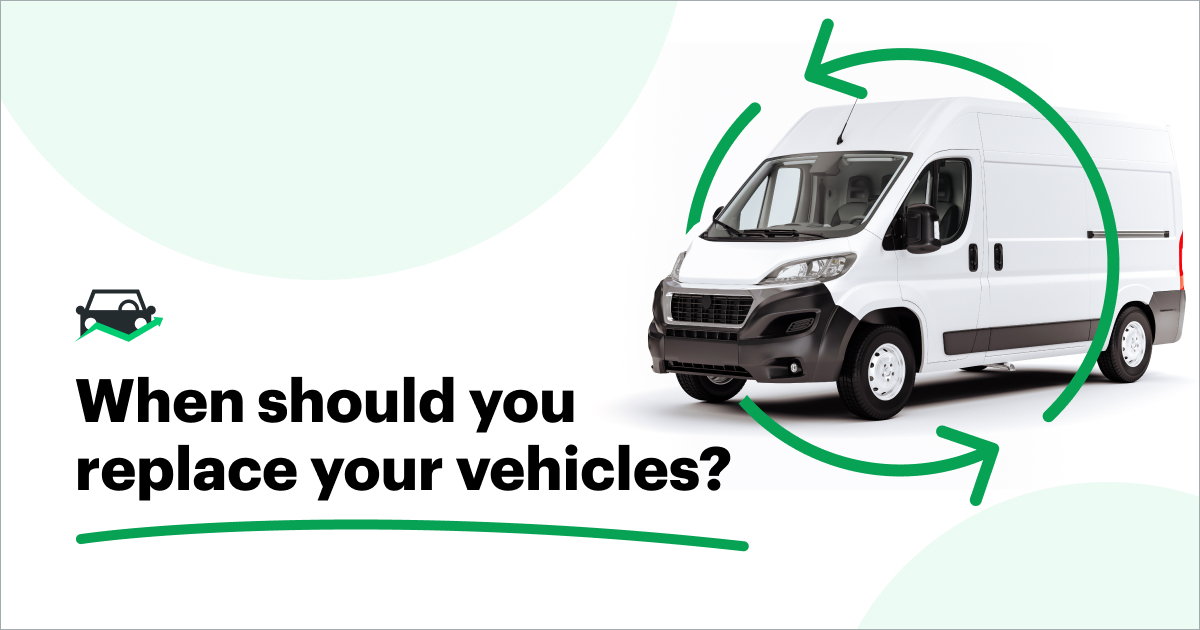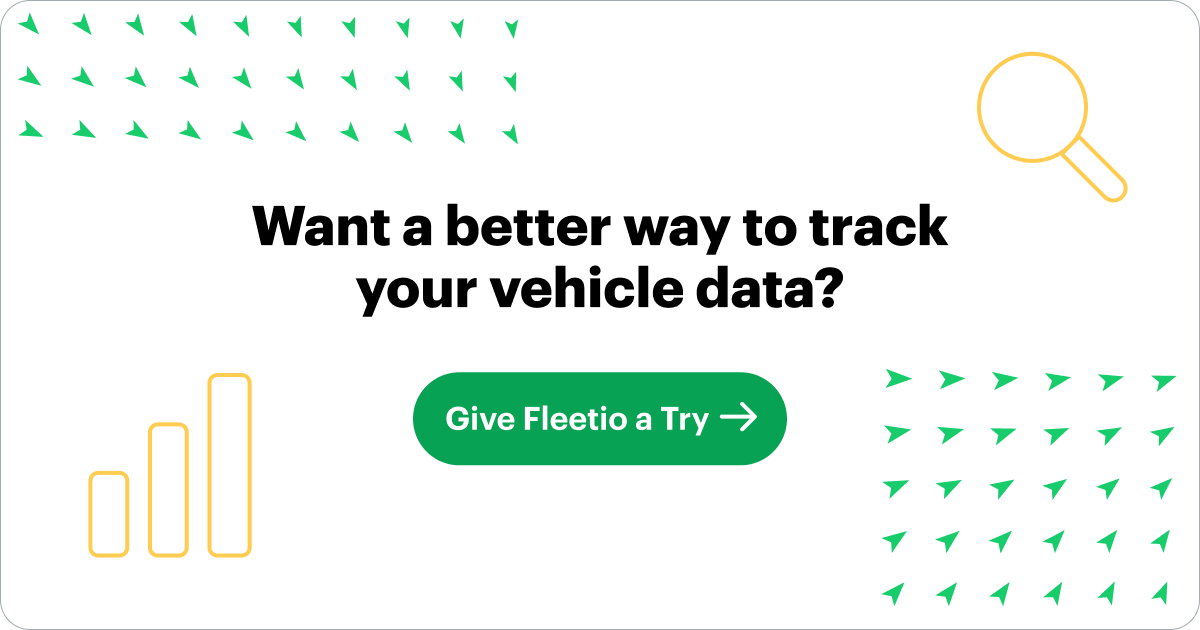There’s a lot of factors to consider when developing a vehicle replacement schedule, but we want to give you a place to start formulating your plan for fleet lifecycle management. With the right guidelines in place, you can put together a plan that allows you to reduce unnecessary costs and maximize your return on the vehicles you need to offload, as well as create a better approach to fleet procurement when it comes time to actually buy new assets.

There comes a point in every vehicle’s lifespan where the amount of money it costs to keep it running surpasses the overall value that it can reasonably contribute to a fleet operation. While that point is certainly calculable, if fleet managers don’t take care to track assets and their data over the years, it can become a bit of a guessing game to figure out exactly when to retire a fleet vehicle.
Along with our super convenient Vehicle Replacement Calculator, we’ve outlined a timeline that you can use in your own fleet management practice to determine your vehicle’s replacement timelines. We’re operating on the standard vehicle replacement timeline of 5-7 years, but depending on your operation, you’ll want to analyze your fleet utilization and other data to set your ideal vehicle replacement schedule.
Year 0
- Gather Purchase and Other Fixed Costs: You’re likely going to incur a lot of costs in procuring a new vehicle, so it’s important to record all of those expenses from day one. This includes the purchase price, as well as any taxes and licensing fees.
- Gather Day 1 Mileage: If the vehicle you’re purchasing is not brand new right out of the factory, chances are it’s going to have some mileage already recorded. Make sure you get that the second you take ownership so you can ensure the most accurate representation of mileage possible.
- Track Variable Costs: As soon as an asset enters your fleet, you’ll want to start tracking every cost associated with it while it’s in use. This includes things like fuel and maintenance costs.
Year 1
- Gather Mileage: You’ll want to measure mileage pretty regularly in order to get an accurate picture of an asset’s utilization. Most pre-trip inspections include daily starting and ending mileage recording, so it’s important to have that data stored somewhere like a fleet management software. (With a software like Fleetio, you can automatically import mileage data from your telematics devices or electronic DVIRs.)
- Gather Fixed and Variable Costs from Past Year: Like with mileage, you should have a well-established system for recording all of the costs associated with the asset. Fleet software can associate all your automated data with the vehicle in the system, or you can utilize something like our Maintenance and Fuel Log Spreadsheets to track variable expenses.
- Calculate TCO and CPM: Having a solid backlog of data makes it possible to calculate total cost of ownership and cost per mile, which can help you actively quantify how much an asset is costing you in total and what it costs to operate per mile it drives. This will set a baseline you can then use to push those costs lower and save money on the asset.
- Map Out Future Maintenance Needs and Costs using Existing Mileage and Interval Trends: You can reasonably estimate what your maintenance schedule and costs will be based on the established record from the asset’s first year in use, which means that you can set a number to aim for in the following year.
Years 2 and On
- Gather Mileage
- Gather Fixed and Variable Costs from Past Year
- Calculate TCO and CPM and Compare to Previous Year: As TCO and CPM fluctuate, you can begin to gauge whether an asset’s overall value to your operation is increasing or decreasing.
- Map Out Future Maintenance Needs and Costs: As a vehicle ages, you should assume that maintenance costs will increase over time as it incurs more age- or mileage-related issues.
When to Replace
There’s a couple of key indicators you should consider as a vehicle ages to determine whether or not you should replace it.
- When TCO and CPM increase year-over-year or at a certain mileage - There’s a level of fluctuation to be expected in each asset’s metrics, but if you begin to see those numbers increasing significantly with each year or at a certain mileage benchmark, it might be time to retire that vehicle.
- Rely on existing data and experience to make decisions for the rest of your fleet - If you’ve been managing your fleet for a while, you’ll begin to see trends where your assets’ quality begins to degrade at a certain year or mileage. Trust the data and schedule your replacements based on that data so replacements can be easily anticipated.
Want a simpler way to track your fleet data so you know exactly when to replace your vehicles? Give Fleetio a shot with a free demo or 14-day trial.




